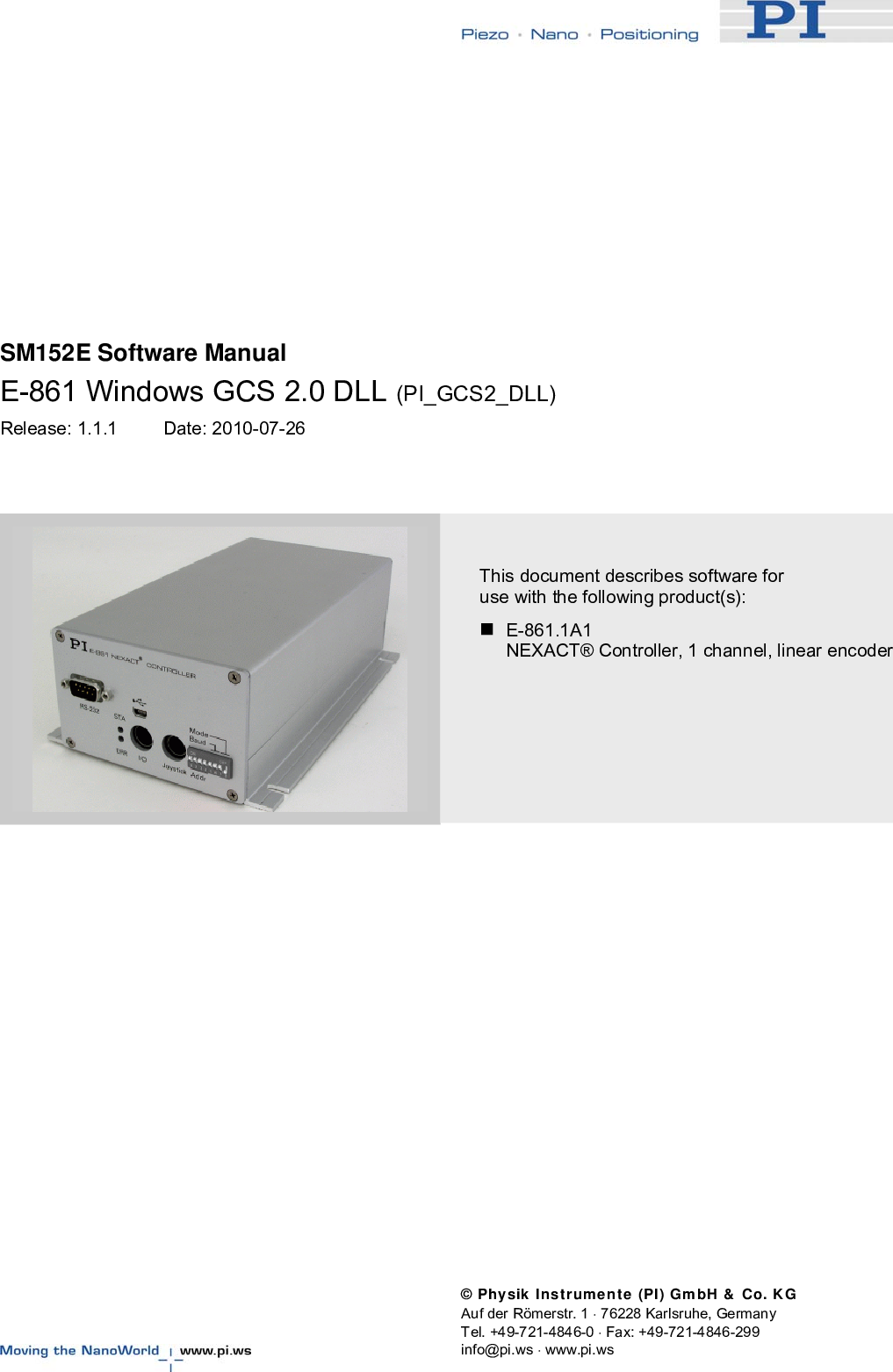- Gemac Mbh - Germany Usb Devices Driver Download For Windows 10 64-bit
- Gemac Mbh - Germany Usb Devices Driver Download For Windows 10 32-bit
Scout Enterprise Management Suite® is the easy and intuitive to use management solution for Thin Clients and PCs working with the operating system eLux®. The device manager can also manage devices running Windows operating systems such as Windows Embedded Standard 7, Windows 7, and Windows 10 IoT Enterprise to some extent.
At the customer’s request, ecom’s mobile devices can ship from the factory with predefined custom configurations such as security settings, applications, and wireless setup. This allows devices to be used anywhere in the world immediately upon delivery — manual configuration is not necessary. ADVA is a company founded on innovation and driven to help our customers succeed. For over two decades, our technology has empowered networks across the globe. Converts between USB PCM audio, USB DSD/DoP audio, AES3 and S/P-DIF, as well as between AES11 and Word Clock Highly compatible USB audio class 2.0 driver for Windows supporting ASIO, MME, DirectSound, WASAPI, Kernel Streaming, PCM 16Bit, 24Bit, 32Bit and Float-32Bit at all clock rates between 44.1kHz and 192.0kHz. Below, we are sharing the links to USB drivers for most of the popular Android device manufacturers like Samsung, LG, Sony, Google, HTC, Motorola, Dell, etc. These USB drivers are safe to use as they are from their respective manufacturers. All the links are valid and official. We recommend you to download the latest USB drivers.
Using Scout Enterprise, administrators may define an eLux software image for all thin clients and PCs of an entire company including the relevant application packages according to the user requirements. For this procedure, the Scout Enterprise tool ELIAS (eLux Image Administration Service) is on hand – to create individual software images without special knowledge of Linux. If, on top of that, individual eLux packages are required, the eLux Builder Kit helps compose and integrate them into the operating system.
Comprehensive asset management tool for thin clients and PCs
Our software enables administrators to always keep track of all thin clients, used licenses, and USB peripherals of the clients.
Clients can be started and shut down remotely. Scout Enterprise provides a “multi-administrator-policy” which allows more than one administrator to manage a thin client infrastructure. Administrators are supported by various help desk features, they are free to make use of the provided diagnostic tools or to mirrow user desktops.

Remote integration of new hardware
If a device has to be replaced, the administrator is able to integrate new hardware remotely. So, downtimes caused by defective hardware are kept to a minimum and the employees can quickly continue working.
Scout Enterprise is highly scalable and can be designed and installed for high-availability. Administrators may be assigned different access rights that can be tailored to their specific needs and particular fields of responsibility. Scout Enterprise is the perfect management software for cloud computing solutions in combination with thin clients or common PCs.
Scout Enterprise Dashboard: Managing Thin Clients centrally via Web
Dv manufacturer driver. In addition, even more administrators can use a web-based management console for client management, update, mirroring and much more.
Scout Enterprise Dashboard applies the access rights defined in the Scout Enterprise console and allows the administrator to analyze data on his clients, perform commands and helpdesk features.
You only need to install Scout Enterprise Dashboard once per Scout Enterprise server, and then use it from anywhere. The only thing you need is a browser such as Firefox, Chrome or Internet Explorer.
-->Debugging Tools for Windows supports kernel debugging over a USB 3.0 cable. This topic describes how to set up USB 3.0 debugging manually.
The computer that runs the debugger is called the host computer, and the computer being debugged is called the target computer.
Debugging over a USB 3.0 cable requires the following hardware:

A USB 3.0 debug cable. This is an A-A crossover cable that has only the USB 3.0 lines and no Vbus.
On the host computer, an xHCI (USB 3.0) host controller
On the target computer, an xHCI (USB 3.0) host controller that supports debugging
Setting Up the Target Computer
On the target computer, launch the UsbView tool. The UsbView tool is included in Debugging Tools for Windows.
In UsbView, locate all of the xHCI host controllers.
In UsbView, expand the nodes of the xHCI host controllers. Look for an indication that a port on the host controller supports debugging.
Make a note of the bus, device, and function numbers for the xHCI controller that you intend to use for debugging. UsbView displays these number. In the following example, the bus number is 48, the device number is 0, and the function number is 0.
After you have identified an xHCI controller that supports debugging, the next step is to locate the physical USB connector that is associated with a port on the xHCI controller. To find the physical connector, plug any USB 3.0 device into any USB connector on the target computer. Refresh UsbView to see where your device is located. If UsbView shows your device connected to your chosen xHCI host controller, then you have found a physical USB connector that you can use for USB 3.0 debugging.
Important
Before using bcdedit to change boot information you may need to temporarily suspend Windows security features such as BitLocker and Secure Boot on the test PC.You can re-enable Secure Boot once you’re done debugging and you’ve disabled kernel debugging.
On the target computer, open a Command Prompt window as Administrator, and enter these commands:
- bcdedit /debug on
- bcdedit /dbgsettings usb targetname:TargetName
where TargetName is a name that you create for the target computer. Note that TargetName does not have to be the official name of the target computer; it can be any string that you create as long as it meets these restrictions:
- The string must not contain “debug” anywhere in the TargetName in any combination of upper or lower case. For example if you use “DeBuG” or 'DEBUG' anywhere in your targetname, debugging will not work correctly.
- The only characters in the string are the hyphen (-), the underscore(_), the digits 0 through 9, and the letters A through Z (upper or lower case).
- The maximum length of the string is 24 characters.
In Device Manager locate the USB Controller that you intend to use for debugging. Under Location on the General tab, the bus, device, and function numbers are displayed. Enter this command:
bcdedit /set '{dbgsettings}' busparamsb.d.f
where b, d, and f are the bus, device, and function numbers for the USB host controller. The bus, device, and function numbers must be in decimal format.
Example: Hallmark computer driver app.
bcdedit /set '{dbgsettings}' busparams 48.0.0
Reboot the target computer.
Disable Power Management
In some cases, power transitions can interfere with debugging over USB 3.0. To avoid these problems, disable selective suspend for the xHCI host controller (and its root hub) that you are using for debugging.
In Device Manager, navigate to the node for the xHCI host controller. Right click the node, and choose Properties. If there is a Power Management tab, open the tab, and clear the Allow the computer to turn off this device to save power check box.
In Device Manager, navigate to the node for the root hub of the xHCI host controller. Right click the node, and choose Properties. If there is a Power Management tab, open the tab, and clear the Allow the computer to turn off this device to save power check box.
When you have finished using the xHCI host controller for debugging, re-enable selective suspend for the xHCI host controller.
Starting a Debugging Session for the First Time
- Connect a Universal Serial Bus (USB) 3.0 debug cable to the USB 3.0 ports that you have chosen for debugging on the host and target computers.
- Determine the bitness (32-bit or 64-bit) of Windows running on the host computer.
- On the host computer, open a version of WinDbg (as Administrator) that matches the bitness of Windows running on the host computer. For example, if the host computer is running a 64-bit version of Windows, open the 64-bit version of WinDbg as Administrator.
- On the File menu, choose Kernel Debug. In the Kernel Debugging dialog box, open the USB tab. Enter the target name that you created when you set up the target computer. Click OK.
At this point, the USB debug driver gets installed on the host computer. This is why it is important to match the bitness of WinDbg to the bitness of Windows. After the USB debug driver is installed, you can use either the 32-bit or 64-bit version of WinDbg for subsequent debugging sessions.
Starting a Debugging Session
Using WinDbg
On the host computer, open WinDbg. On the File menu, choose Kernel Debug. In the Kernel Debugging dialog box, open the USB tab. Enter the target name that you created when you set up the target computer. Click OK.
You can also start a session with WinDbg by entering the following command in a Command Prompt window, where TargetName is the target name you created when you set up the target computer:
windbg /k usb:targetname=TargetName
Using KD
On the host computer, open a Command Prompt window and enter the following command, where TargetName is the target name you created when you set up the target computer:
Gemac Mbh - Germany Usb Devices Driver Download For Windows 10 64-bit
kd /k usb:targetname=TargetName

Gemac Mbh - Germany Usb Devices Driver Download For Windows 10 32-bit
Reboot the target computer
Once the debugger is connected, reboot the target computer. One way to do reboot the PC, is to use the shutdown -r -t 0 command from an administrator's command prompt.
After the target PC restarts, the debugger should connect automatically.
Troubleshooting
USB device not recognized
If a windows notification appears on the host with the text 'USB device not recognized' when inserting the debug cable it is possible that a known USB 3.1 to 3.1 compatibility issue is being hit. This issue affects debug configurations when the debug cable is connected to a USB 3.1 controller on the host and an Intel (Ice Lake or Tiger Lake) 3.1 USB controller on the target.
For more information and processor model listings see Ice Lake (microprocessor) - Wikipedia and or Tiger Lake (microprocessor) - Wikipedia. To find the processor model of the target machine, open the Settings app and go to 'System' then 'About'. 'Processor' will be listed under 'Device specifications'.
To verify this is the problem occurring, open device manager and look for 'USB Debug Connection Device' under 'Universal Serial Bus controllers'. If this device cannot be found, check for an 'Unknown device' under 'Other devices'. Right click on the device to open its properties page. The device status text box will have the text 'Windows has stopped this device because it has reported problems. (Code 43)' and 'The USB device returned an invalid USB BOS descriptor'.

To work around this problem, run these commands from an administrator command prompt to make changes to the registry:
Then, remove and re-insert the debug cable.

Related topics
